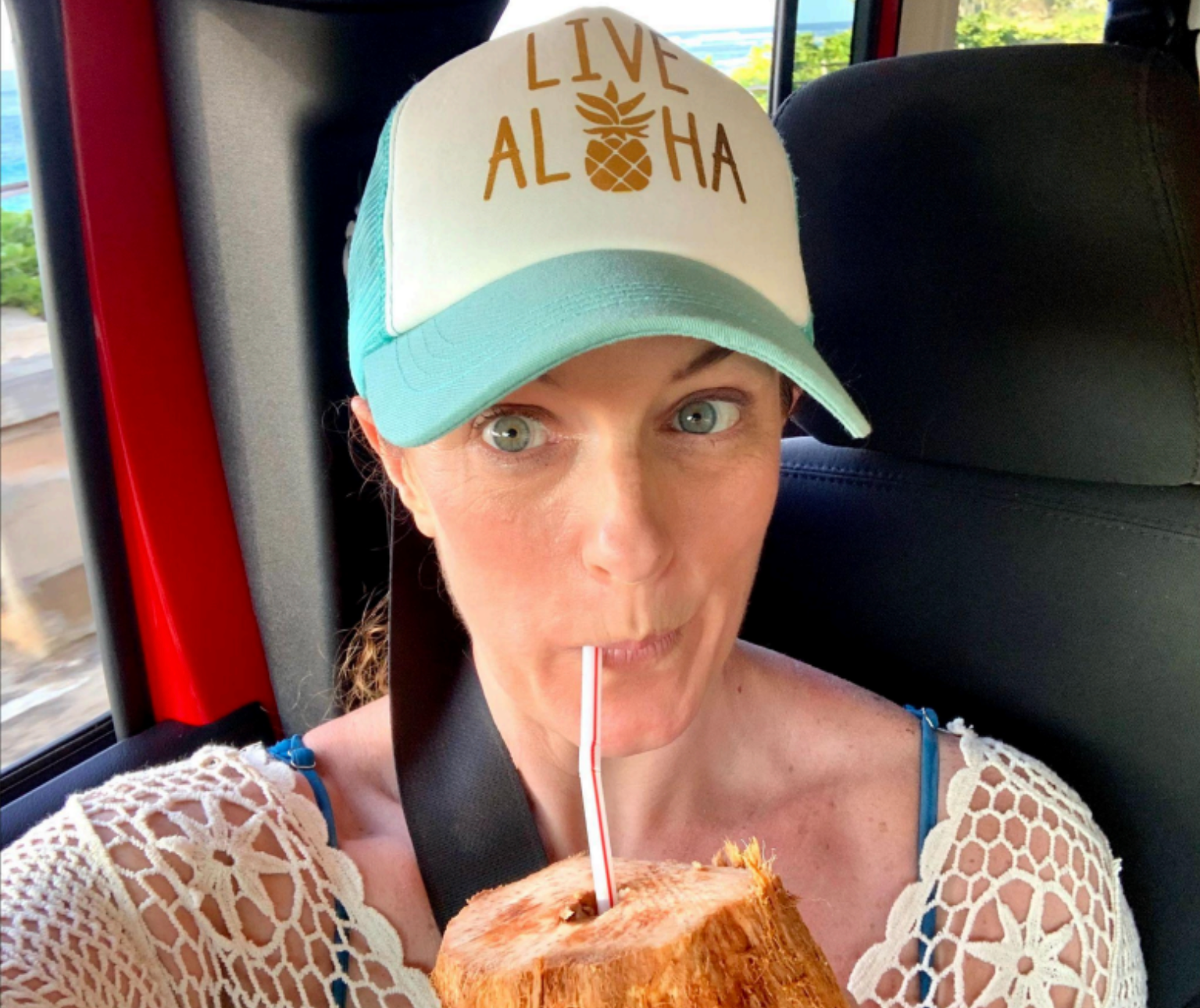Prototype Performance and Recover Series Part 7: Blood Flow Restriction Training
Prototype Performance and Recovery Part 7:

“Enhancing Performance and Recovery with Blood Flow Restriction Training”
We are constantly innovating and looking at what is working and what’s not working at Prototype. One of the things we pride ourselves in at Prototype is that we aren’t stuck to our believes and we will adjust if there is a better way in doing things. As we progress with Prototype Performance and Recovery, we have been including BFR (Blood Flow Restriction) training protocols into our client’s programs. We have been using the Smart Cuffs as our BRF training apparatus.
In the evolving landscape of fitness and rehabilitation, Blood Flow Restriction (BFR) Training has emerged as a groundbreaking method. This technique, initially known as Katsu or occlusion training, involves restricting blood flow to the limbs using cuffs. Here’s a comprehensive look at how BFR can be a game-changer for your workout regime and recovery process, supported by peer-reviewed research.
Understanding Blood Flow Restriction Training
What is BFR Training?
BFR Training uses tourniquet-like straps to partially restrict blood flow out of working muscles, creating a low-oxygen environment that stimulates muscle growth and strength through various physiological responses.

History of BFR Training
Kaatsu Training:
BFR training originated in Japan with Kaatsu training, developed by Dr. Yoshiaki Sato in the 1960s. Kaatsu, which means “additional pressure,” involves applying a specially designed belt to the limbs to restrict venous blood flow while allowing arterial inflow. This method was initially used for muscle hypertrophy and strength gains with low-load resistance training
(Nakajima et al., 2006)
.
Occlusion Training:
Later, the concept evolved into occlusion training, which further explored the benefits of blood flow restriction during resistance exercises. Research showed that occlusion training could significantly enhance muscle hypertrophy and strength even with low-intensity exercises
(Takarada et al., 2000)
.
Modern BFR Training:
Today, BFR training is widely recognized and utilized in both sports performance and rehabilitation settings. It combines elements of Kaatsu and occlusion training with modern techniques and equipment to maximize benefits
(Laurentino et al., 2008)
.
Mechanisms and Benefits
How It Works:
- Cellular Swelling and Metabolic Stress: BFR training creates a hypoxic (low-oxygen) environment within the muscles by restricting venous outflow while allowing arterial inflow. This leads to an accumulation of blood and metabolic byproducts within the muscle. The hypoxia and increased metabolic stress stimulate the release of anabolic hormones, such as human growth hormone (HGH) and insulin-like growth factor 1 (IGF-1), which play crucial roles in muscle repair and growth (Loenneke et al., 2012).
- Increased Muscle Fiber Recruitment: The hypoxic conditions created by BFR training also lead to the preferential recruitment of fast-twitch muscle fibers, which are more prone to growth and strength increases compared to slow-twitch fibers. The mechanical tension and metabolic stress trigger hypertrophy (muscle growth) even when using light loads, typically around 20-30% of one-rep max (Laurence et al., 2023).
Performance Enhancement with BFR
Benefits:
- Increased Muscle Size and Strength: Studies show that BFR training can significantly increase muscle size and strength, even with low-load resistance exercise (Pope et al., 2013).
- Improved Aerobic Capacity: Incorporating BFR into aerobic exercises like cycling or walking can improve cardiovascular fitness and muscle endurance (Libardi et al., 2015).
Practical Applications for Performance:
- Strength and Hypertrophy Training: Standard protocol involves 4 sets (30 reps first set, 15 reps each subsequent set) with 30 seconds rest between sets. Use 60% limb occlusion pressure (LOP) for legs and 40% for arms, starting with 20-30% of one-rep max.
- Warm-Up Protocol: Enhance muscle activation without significant fatigue using 3-5 sets of 15 bodyweight squats with 60% LOP before loading the barbell.
- Aerobic Capacity Improvement: Short bike rides (10-15 minutes) with 60-80% LOP can significantly enhance cardiovascular fitness and recovery between lifting sets.

Recovery Enhancement with BFR
Benefits:
- Enhanced Recovery: BFR training enhances recovery from injury and reduces muscle loss during periods of immobilization, making it a valuable tool in rehabilitation settings (Kelly et al., 2020). What this means is if you have an injury or are doing some sort of rehabilitation coming off surgery or an injury, you can train with lighter weights and get equal to the same benefit of going heavier AND gain muscle mass.
Practical Applications for Recovery:
- Post-Workout Recovery: Inflate cuffs to 80-100% limb occlusion pressure (LOP) for 5 minutes, then deflate for 1 minute, repeating for three rounds to clear metabolic waste and enhance recovery (Miller et al., 2021).
Research and Validation
Scientific Support:
- Maintenance of Muscle Mass: Studies have consistently shown that BFR training can maintain muscle mass during bed rest and even induce hypertrophy with simple activities like walking in untrained individuals (Loenneke et al., 2012).
- Beneficial for Athletes and Older Adults: BFR training is particularly beneficial for athletes recovering from injuries and older adults who can’t lift heavy frequently (Curley et al., 2021).
Disclaimer and Contraindications
Disclaimer:
Before starting any new exercise regimen, including BFR training, consult with a healthcare provider or fitness professional to ensure it is appropriate for your individual health condition and fitness level. BFR training should be performed under the guidance of a certified professional to ensure proper technique and pressure application.
Contraindications:
BFR training is generally safe when performed correctly, but it may not be suitable for everyone. Individuals with the following conditions should avoid or use caution with BFR training:
- Cardiovascular Disease: Those with uncontrolled hypertension, heart disease, or vascular disorders should avoid BFR due to the increased cardiovascular strain.
- Blood Clotting Disorders: Individuals with a history of deep vein thrombosis (DVT) or other clotting disorders should avoid BFR to prevent the risk of clot formation.
- Pregnancy: Pregnant women should avoid BFR training as it can increase blood pressure and may pose risks to both mother and baby.
- Peripheral Vascular Disease: Individuals with compromised blood flow in the limbs should avoid BFR to prevent exacerbating the condition.
- Varicose Veins: Those with severe varicose veins should consult a healthcare provider before attempting BFR training.
Conclusion
Blood Flow Restriction Training is a valuable addition to any training regimen, offering significant benefits for muscle growth, strength, and recovery with minimal load. While not a replacement for traditional heavy lifting, BFR training provides a practical alternative for those with limitations and can be effectively incorporated into various fitness routines to enhance performance and recovery.
If you’re interested in trying BFR yourself, let us know and we would be happy to set up a training session with you or with someone you know that could benefit from it!
Additional Resources:
The post Prototype Performance and Recover Series Part 7: Blood Flow Restriction Training appeared first on Prototype Training Systems.
Previous Blogs



Climb to New Heights
Prototype Training Systems is more than a gym - it is a lifestyle. Join us today!
Book a free no-sweat intro session. Your coach will give you the best recommendation and program for your goals.
Sign up and start your journey at Prototype!
Quick Links
Contact Us
50 East Main St, Unit 1, Westborough, MA 01581

